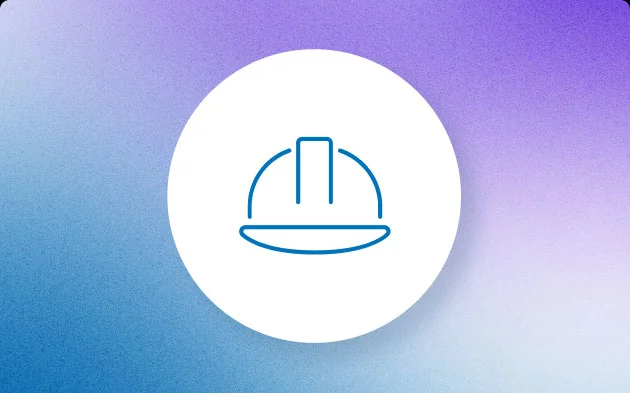Common mistakes in MTBF analysis and how to avoid them
Scott Nelson
VP, Marketing
One of the best ways to avoid such events is to enhance asset reliability. A key metric used to assess equipment reliability is the mean time between failures (MTBF).



Nearly 82% of companies have experienced at least one unplanned downtime in the last three years. One of the best ways to avoid such events is to enhance asset reliability. A key metric used to assess equipment reliability is the mean time between failures (MTBF). MTBF analysis helps organizations predict when their systems or products are likely to fail, enabling them to plan maintenance, reduce downtime, and improve overall reliability. However, there are common mistakes that many maintenance professionals make when conducting MTBF analysis. Here is an overview of these errors and guidance on how to avoid them:
Neglecting data quality
Data is the foundation of any MTBF analysis. The accuracy and reliability of your MTBF calculations depend on the quality of your data. Unfortunately, many organizations overlook this fundamental aspect, leading to erroneous results. The consequences of using unreliable data can be severe, including misguided maintenance schedules, unexpected failures, and increased downtime.
Having robust data collection processes in place can address this. Regularly validate and cleanse your data to eliminate inaccuracies and inconsistencies. Implement data quality control measures to guarantee that the information used for MTBF analysis is as accurate as possible.
Misinterpreting MTBF
A common misconception is that a high MTBF means a system will never fail or that it is protected from failures for the calculated duration. This is a fundamental misunderstanding of what MTBF represents. MTBF is a statistical measure that signifies the average time between failures, but it doesn't guarantee that a failure will occur precisely at that interval.
This can be avoided by educating your team on the correct interpretation of MTBF. Additionally, consider using other reliability metrics alongside MTBF, such as mean time to failure (MTTF), to gain a more comprehensive understanding of your system's performance.
Overlooking the operating environment
The environment in which a system operates plays a significant role in its reliability. Factors like temperature, humidity, and operational stress can impact the performance and longevity of equipment. Neglecting these environmental factors can lead to inaccuracies in your MTBF analysis. Conducting a thorough assessment of the operating environment can prevent such errors. You can consider using stress tests and simulations for this. They reflect how different conditions affect your system's reliability, helping you make more informed decisions about maintenance and reliability improvements.
Failing to account for renewal processes
Renewal processes, where the failure rate of a system changes over time, are common in many real-world systems. Assuming a constant failure rate can lead to inaccurate MTBF calculations. To avoid this mistake, familiarize yourself with renewal theory and select appropriate models for systems with non-constant failure rates. This will lead to more accurate reliability predictions.
Lack of proper maintenance data
Regular maintenance is essential for keeping systems reliable. However, insufficient, or inaccurate maintenance data can hinder your MTBF analysis. Without proper records of maintenance activities, you may not accurately assess a system's reliability. Establishing effective maintenance tracking systems can meet this gap. You should therefore ensure that maintenance data is collected, analyzed, and documented accurately. This will provide you with a clear understanding of your system's health and help you make informed decisions about maintenance schedules.
Relying solely on historical data
While historical data is valuable, relying solely on it can be limiting. Historical data tells you about the past but might not provide insights into future failures. For a more proactive approach, you should consider predictive maintenance. Integrating predictive analytics into your reliability analysis empowers you to take a proactive stance in managing your assets, increasing their reliability, and achieving operational excellence.
Underestimating the human element
Human error can have a significant impact on the accuracy of MTBF analysis. Mistakes in data input, analysis, or interpretation can lead to incorrect results and decisions. To avoid this mistake, invest in training and raise awareness among staff members involved in MTBF analysis. Implement rigorous quality control measures to catch and correct errors early in the process. You can also invest in software tools designed to streamline MTBF analysis, reducing the potential for human error.
Enhancing MTBF analysis with Eagle CMMS
Avoiding common mistakes in MTBF analysis is essential for ensuring the reliability of your assets and systems. And Eagle CMMS can be your trusted partner in this journey. With our robust maintenance management solutions, you can avoid the challenges of inaccurate data, misinterpretation, and underestimating environmental factors. And that’s not all. With Eagle CMMS you will also gain the tools and insights necessary to make data-driven decisions, proactively maintain your assets, and minimize downtime. For more information visit https://www.eaglecmms.com/ or contact our experts now.












